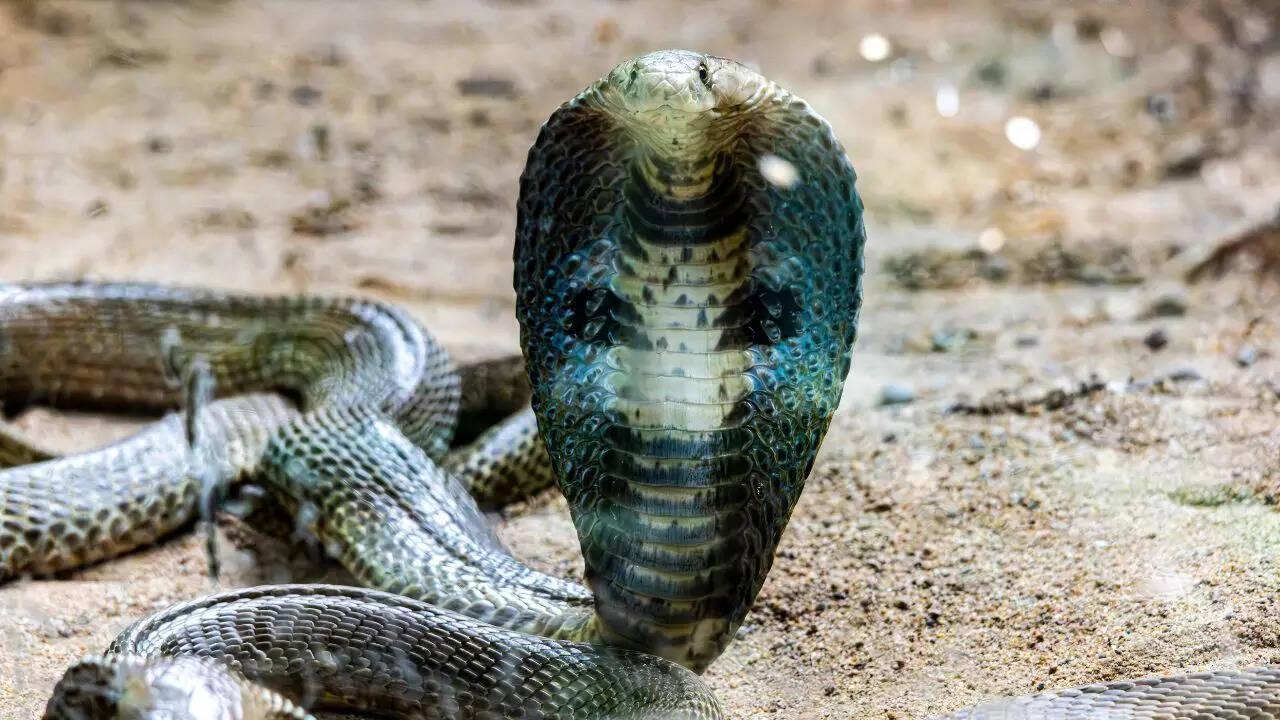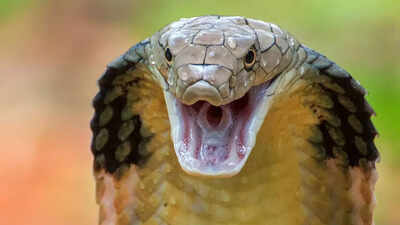Snakes have always held a special place in human culture, apart from just being frightening creatures. Especially in India, they are more than just creatures, they’re woven into stories of myths, legends, art, and religion.Stories of cobra protectors, snake deities, and even pujas and festivals surrounding the serpents are a reflection of the deep connection between people and serpents.In southwestern India, in the heart of the Western Ghats, lies a tiny village between the hills, heavy rains, and dense forests. Here, snakes are part of everyday life. The people respect them, live along with them, and in recent years, scientific researchers have come to study them closely.And particularly, the king cobra has a special place in local belief and ecology.

Monocled cobras
The cobra capital of India
Situated in the Western Ghats of Karnataka, Agumbe is a small village surrounded by thick rainforest, steep hills, and waterfalls. It is well known for heavy monsoons and lush greenery, and is often called the “Cherrapunji of the South”. It’s also a UNESCO World Heritage Site, known for its incredible biodiversity, scenic waterfalls, and stunning red-hued sunsets.But what really makes Agumbe stand out is its place as the ‘Cobra Capital of India’, because of the large number of cobras that live in the area.The area covers only a few square kilometers, but its ecological richness is huge. It is home to many rare plants, frogs, reptiles, and especially the king cobra.The king cobra is also its flagship species, and is known for being one of the best places to spot this majestic snake in the wild. Renowned herpetologist and Padma Shri awardeeRomulus Whitakerset up the Agumbe Rainforest Research Station (ARRS) in 2005 in the village.This is where India’s first radio telemetry project on king cobras began, which also helps to track the movements of these snakes in their natural environment.ARRS is located about 1.5 km from Agumbe village, in Shimoga District, Karnataka. The station’s mission is conservation, research, and education in rainforest ecology, especially focusing on king cobras.
Cultural importance and conservation
In Agumbe, the king cobra is more than a scientific subject. It’s a sacred creature in local beliefs. Villages maintain snake groves or nagarabana, perform monthly rituals, and treat sightings of cobras with respect. This cultural reverence helps in conservation, as people are more willing to protect snakes, report them instead of harming them, and support habitat protection.ARRS also works with local communities, government forest departments, and volunteers. They run awareness programs; they rescue cobras that enter homes; and they aim to reduce human‐snake conflict.

